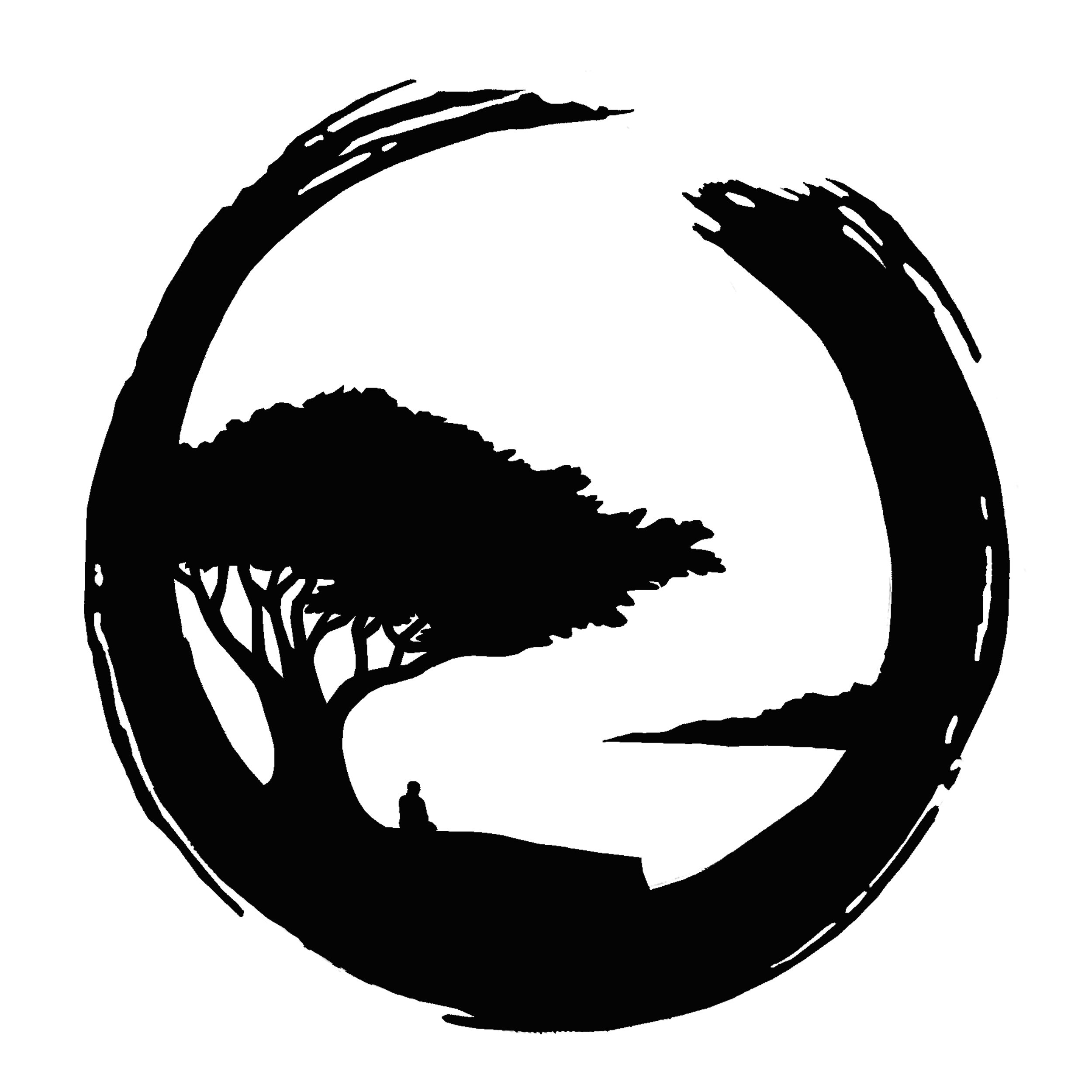Refuge in Place
Sounds are different in recent weeks. The pandemic has cleared the days of accustomed noises. I heard my first airplane in weeks, though cars remain at a minimum in downtown Carmel. Though the restrictions are lifting, these are the quietest days anyone can remember in Carmel. More than Christmas or New Year’s Day. No dogs barking. No car alarms, no motorcycles, no buses panting and screeching to a halt. No brake sounds from trucks. I can hear the ocean from a mile away. I had assumed world-wide calamities would be loud, with explosions, people shrieking in the streets. Then again, this disaster is mostly silent, people bidding their time at home.
Still, it remains a bewildering sensation to discern you are living through a momentous occurrence. The unreality wearing facemasks in Safeway or the fear of touching someone. How Sunday feels like Friday and Wednesday feels like Monday. How times and days blur together. And how each day feels like something coming undone. How the virus shaded into something older and more distant, a condition of estrangement and helplessness. Suddenly, where one shelters-in-place is the new epicenter of existence. Before COVID-19 home was more of a stop-over. A place on the way to somewhere else. Now the place where we find ourselves is both a refuge and a dwelling of limitations.
From Shelter-in-place, there is a kind of clear transition to “refuge-in-place.” In Buddhism, we take refuge in the Three Treasures of Buddha, Dharma and Sangha. However, at a time like this, what does that actually mean? “Taking refuge” which is sometimes phrased as “going for refuge,” with the original Pali meaning suggested a figure walking toward something, as if on a path. With the Corona virus, the concept of Buddhist “path” has taken on a new connotation. In Jukai ceremony, a Zen practitioner openly receives and acknowledges the sixteen bodhisattava precepts as an unending path in their lives. Jukai is made up of ju, “receiving/granting,” and kai, “precepts.”
At a deeper level, ju means to open oneself to what is natural and true—to things as they are. It is, perhaps, more like allowing a space in which the precepts can manifest in a natural way. Or allowing a space where the precepts can become apparent, thus making one’s life “the path.”
Typically, we think of refuge as shelter, as a haven in which to take cover from danger, from the elements, from one another. Yet kai is a different kind of refuge altogether. In a sense, through enacting the precepts, we make ourselves the refuge.
During the Jukai ceremony, students are asked three times if they will maintain the precepts. Taizan Maezumi, Roshi, says at that moment, “you are what we call Kai tai, “the body of kai” and Buddha nature is revealed in each of us. Refuge in this very place or find shelter in this very place.
“The way we use the word refuge is taken from the Japanese term kie-ei. Kie-ei consists of two characters. Kie means ‘to unreservedly throw oneself into,’ no holding back, no way out, no safety net, harness or rope. That is the way a parent rescues a child who is in danger. The parent does not think about herself. The parent does not hesitate for second. The second character, ei, literally means “to rely upon,” in the way that a child leaps into a parent’s arms, trusting unequivocally.”
At a deeper level, kai refers to the precepts not merely as rules that keep us straight on the path, but as signposts that point us toward naturally acting for the benefit of all beings. The way of the precepts is the path of going beyond the dream of self. It is the path that reveals the truth that our own happiness and well-being is intricately connected to the happiness and well-being of others
Having lost the ground under our feet, we turn toward one another to be each other’s ground. Buddhist or not, this is the wisdom of the Buddha Treasure. The clarity of the Dharma Treasure. The harmony of the Sangha Treasure. This is “sheltering in place,” where place is everywhere and shelter is each of us.
